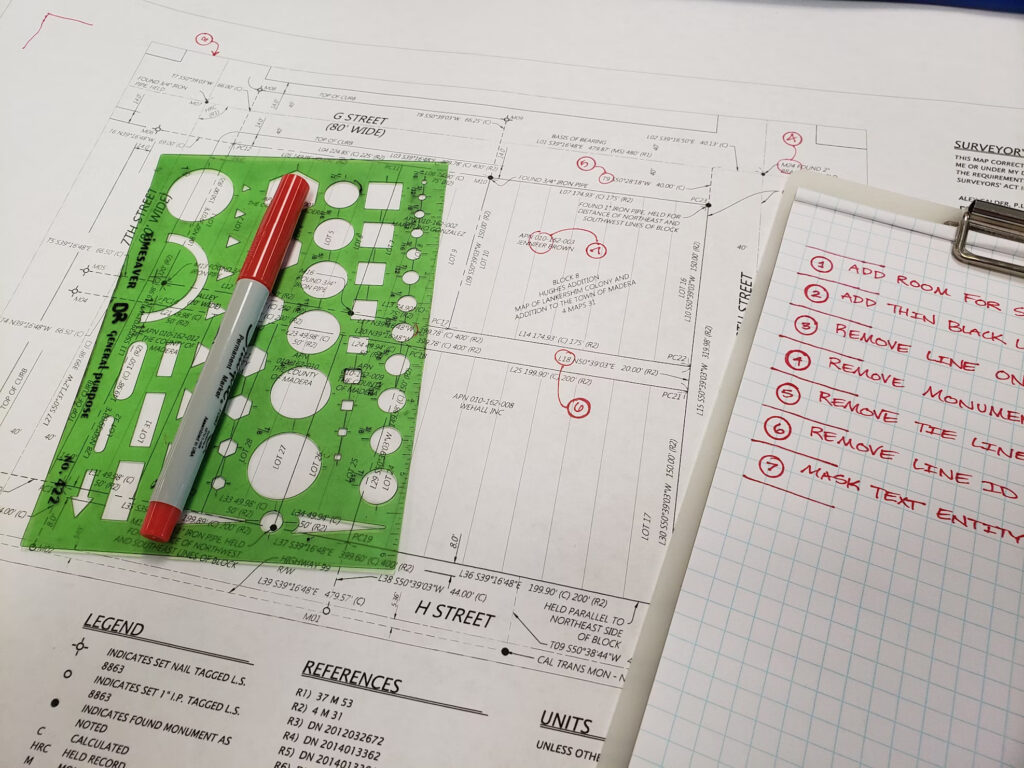At Khayan, we design reports with one goal: to help you decide faster. So when we deliver insights—whether for a new product, brand refresh, or market entry—they’re structured to give you immediate clarity, not just “results.” Every slide, quote, and chart is built to support your next move.
Our reports aren’t structured like a checklist—they’re built to help you think through decisions. We begin with the big signals: what stands out, what challenges assumptions, and where your attention should go first. Then we show who the data represents, making it clear how the sample may shape the findings. Before diving into charts, we give you the context to read them well.
From there, we explore what people see, trust, and choose—looking beyond what they say to how they behave. We highlight real trade-offs through head-to-head comparisons and decision-based formats, so you see what actually drives choices in the market. Each section is layered to move you from information to insight—so that by the end, you’re not just informed, you’re ready to act.
We don’t believe in research for research’s sake. At Khayan, we build reports that help you act—not just understand. Because clarity is the real deliverable. And the sooner you get it, the faster you move.





